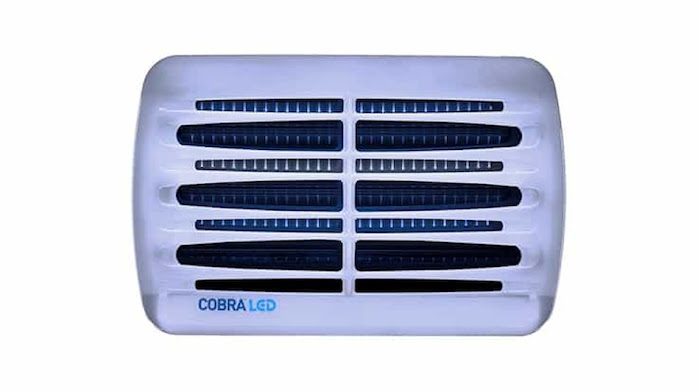The question of finding automatic solutions for pest control often comes to a crossroads, asking which is better --- Light-Emitting Diodes (LED) or Compact Fluorescent Lamps (CFL) trap? Understanding the nuances between the two technologies, separated by decades, becomes crucial for effective solutions. Each option comes with its own set of pros and cons that extend beyond just environmental impact and cost-effectiveness. In this blog, we are going to list the pros and cons of LED vs. CFL insect light traps.
LED Insect light Traps
LED traps shine in the case of energy efficiency, as they consume significantly less power than their CFL counterparts. This not only translates to reduced electricity bills but also aligns with the global push for sustainable energy consumption. LEDs boast an impressive lifespan, outshining CFLs in durability. The extended lifespan of LED bulbs means fewer frequent replacements, reducing maintenance costs and minimising environmental impact.
LED traps can be designed with a specific light spectrum that attracts insects while minimising attraction to non-target species. This targeted approach enhances the traps' effectiveness in capturing troublesome pests while minimising the impact on harmless insects.
At the same time, LED insect light traps tend to have a higher upfront cost compared to CFL alternatives. However, this initial investment may be offset by long-term savings on energy bills and replacement expenses.
CFL Insect Light Trap
CFL traps generally come with a more budget-friendly price tag, making them an attractive option for cost-conscious consumers. The lower initial investment can be appealing, especially for those dealing with a tight budget but only for a short time. Fluorescent lamps are widely available, making it easy for consumers to find replacement bulbs when needed. This accessibility contributes to the convenience of maintaining CFL insect light traps.
However, it is important to note that CFL bulbs have a shorter lifespan compared to LEDs, necessitating more frequent replacements. This can result in higher long-term maintenance costs and increased inconvenience for users. CFL bulbs also contain a small amount of mercury, posing environmental concerns if not disposed of properly. LED traps, lacking such hazardous materials, present a more environmentally friendly option.
Thus, choosing between LED or CFL fly traps involves careful consideration of priorities and preferences, but ultimately the decision hinges on individual needs and values. For those prioritising sustainability and long-term savings, LED fly traps are recommended but if the use is not that heavy and short-term benefits are preferred, then good old CFL works fine.
When you are facing an insect problem, it is best to consult pest control services before the infestation gets out of hand. One such service that has been a widely known name in pest control for 8 decades and in more than 60 countries is Truly Nolen. Owing to their wide experience, they provide safe, environmentally friendly solutions for a wide variety of insects, ranging from houseflies to garden pests. Visit Truly Nolen India to ensure sanitised work and living spaces.

Comments
Post a Comment